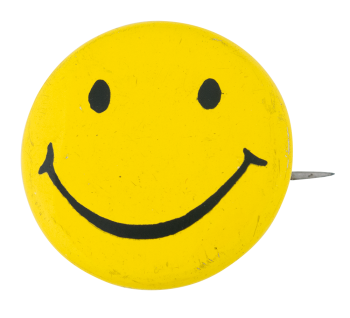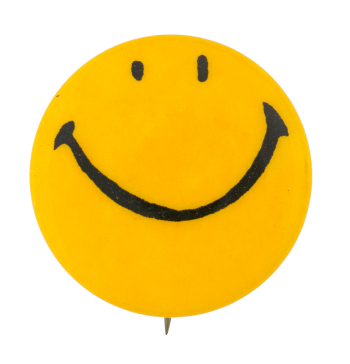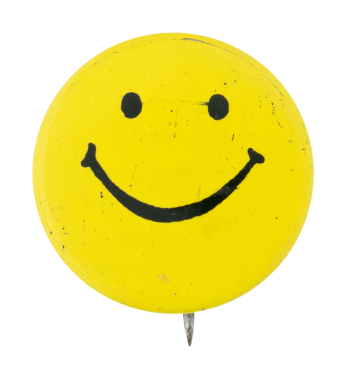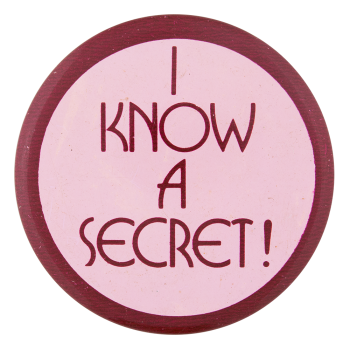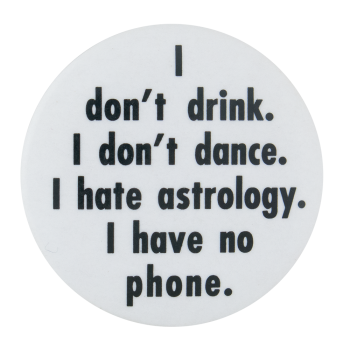I Was Blind
| Category | |
|---|---|
| Additional Images | |
| Text on Button | I AM/WAS BLIND |
| Image Description | Cream background with black text. One word of text was crossed out and replaced with another |
| Back Style | |
| The Shape | |
| The Size | |
| Additional Information | The message “I AM BLIND,” with the “AM” crossed out and “WAS” handwritten above, reads “I was blind.” The phrasing evokes John 9:25 (“I was blind, now I see”) and the hymn “Amazing Grace,” giving it the feel of a brief testimony of healing or conversion. It also riffs on the long-standing “I am blind” identification pins used for public awareness; here, the alteration turns a practical notice into a personal statement of change. |
| Sources |
King James Bible. (n.d.). John 9:25. In Bible Gateway. https://www.biblegateway.com/passage/?search=John+9%3A25&version=KJV Newton, J. (1779). Amazing grace! How sweet the sound [Hymn text]. Hymnary.org. https://hymnary.org/text/amazing_grace_how_sweet_the_sound The Partially Sighted Society. (n.d.). Symbol items. Retrieved October 18, 2025, from https://www.partsight.org.uk/shop/symbol-items |
| Catalog ID | IB0166 |







